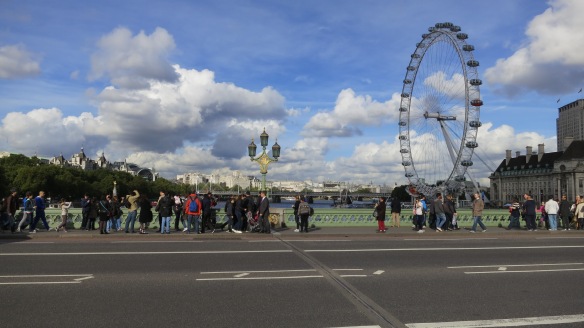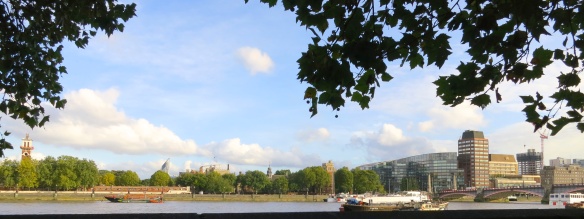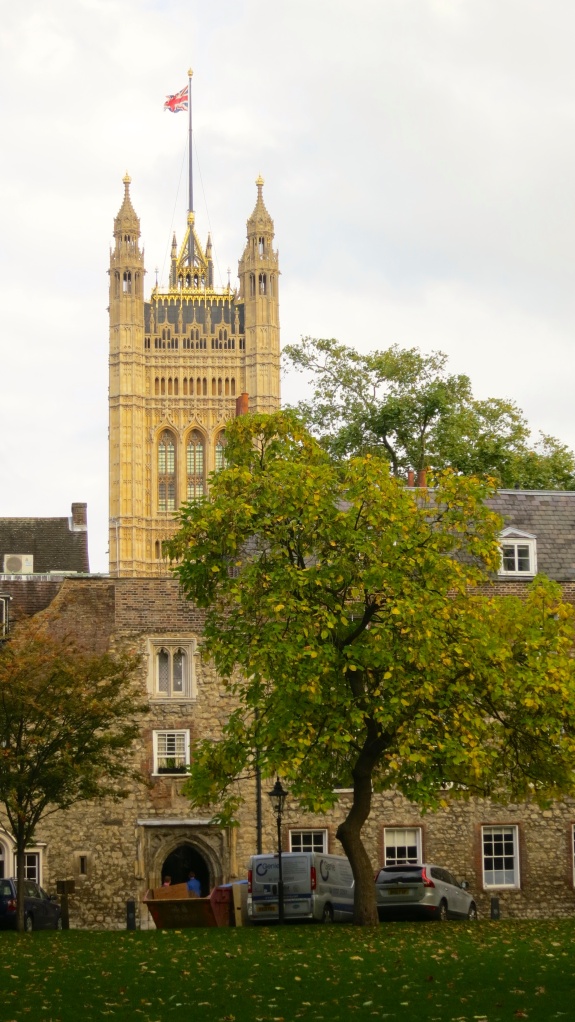Jackie read out a salutary item for me from BBC News this morning.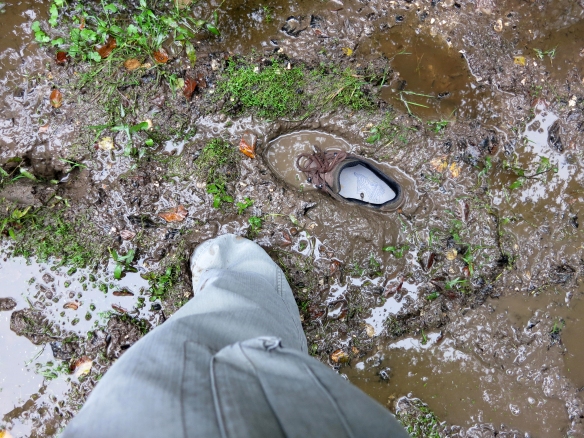 My regular followers will know of my penchant for becoming stuck in the mud. She therefore thought I should take note of the couple in their late sixties who ventured into The New Forest not far from us. Twenty firefighters using specialist equipment were employed in freeing them when they ‘found themselves stuck in a bog near Burley. They were lucky to have a mobile phone and a signal’. ‘Phone Signal Saves Couple In Bog’, was the headline.
My regular followers will know of my penchant for becoming stuck in the mud. She therefore thought I should take note of the couple in their late sixties who ventured into The New Forest not far from us. Twenty firefighters using specialist equipment were employed in freeing them when they ‘found themselves stuck in a bog near Burley. They were lucky to have a mobile phone and a signal’. ‘Phone Signal Saves Couple In Bog’, was the headline.
It was quite a pleasant morning when we set off in the hopes that the ailing car would reach Wells Garage in Ringwood. Tony, at the garage had said they were fully booked and one man short today, but we could bring the Modus in and they would do what they could. We made it to the garage, where he kept the vehicle and gave us a courtesy car.
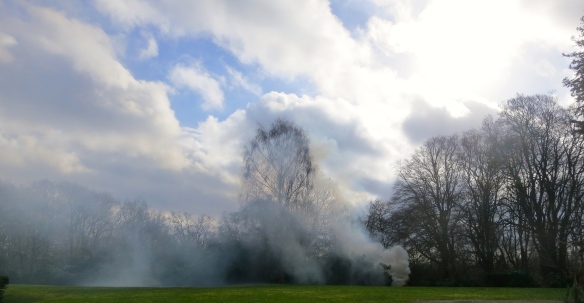
John had lit a bonfire down the slope to the south east corner of the garden. Masking the trees, the smoke from this blended well with the clouds and patches of blue sky above. It wasn’t long before the rain set in and the blue disappeared.
We spent the rest of the morning at Helen and Bill’s, where we had coffee and a good salad lunch. By the time we returned home the roads were just as water-covered as at any other time recently.
This afternoon I finished reading Margaret Forster’s absorbing novel ‘Keeping the World Away’. I have focussed before on transitional objects. In a sense, Forster uses one in her novel. Passing from one woman to another over the period of a century, in a variety of circumstances, is a presumably imagined painting by Gwen John. A number of women are involved and their lives sometimes overlap quite apart from the connection with a real work of art.
 John was essentially a portrait painter. Our author has chosen to weave her tale around a rare exception, ‘A Corner of the Artist’s Room in Paris’, of which the work carrying her story is said to be a previous version.
John was essentially a portrait painter. Our author has chosen to weave her tale around a rare exception, ‘A Corner of the Artist’s Room in Paris’, of which the work carrying her story is said to be a previous version.
The writer invites us into the minds of her characters, in particular their emotional lives, including their sexuality and their responses to Gwen John’s masterpiece. She is particularly skilled in this, as she is in story-telling. I will not reveal the ending of the book, which I would recommend for your reading pleasure, but I can say that Gwen’s childhood is the starting point. I think this version of the gestation and creation of the painting itself is probably imagined, linked as it is with the artist’s waning affair with Auguste Rodin, because it is at odds with the creator’s own comments. Nevertheless, it is credible and keeps us intrigued.
This evening we dined on Jackie’s excellent chilli con carne (recipe) with wild rice and peas. Strawberry jelly and evaporated milk was to follow. I drank some La Patrie Cahors 2012 malbec.
Tag: Auguste Rodin
Lovelocks
Last night Jackie researched the history of Bisterne on the Internet. Emma historian, in her blog featured this year’s Scarecrow Festival, photographing the exhibits as I did. She had this to say about The Village Hall and The Old School House: ‘The Village Hall was built in 1840 to house the local school and is adjacent to a thatched building which was once the old schoolhouse. Following its closure in 1946, the two buildings were given to Bisterne and Crow to be used as a Village Hall.’ In his 1958 article ‘Journeying through Bisterne’, Roy Hodges adds: ‘a picturesque cottage, once the home of the village schoolmistress when the hall was a school’ as a description of the house we viewed yesterday.
This afternoon Jackie drove me to Southampton Parkway for a London trip to visit Carol at her flat in Rochester Row. If anything interesting happened on the journey I missed it because I slept most of the way.
On this beautiful balmy Autumn day tourists, as usual thronged Westminster Bridge. Some of them, perhaps, had indulged in leaving tokens of their love for each other in a less vandalising manner than is generally applied. 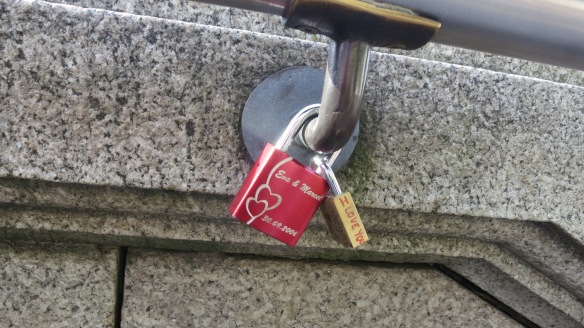 Locked in place on the supports for the handrails lining the steps leading up to the bridge were a row of tiny padlocks bearing the coupled lovers’ names. I thought of them as lovelocks.
Locked in place on the supports for the handrails lining the steps leading up to the bridge were a row of tiny padlocks bearing the coupled lovers’ names. I thought of them as lovelocks.  Normal examples adorned a seat in Westminster Tower Gardens, alongside the Houses of Parliament.
Normal examples adorned a seat in Westminster Tower Gardens, alongside the Houses of Parliament.  Lovers in Barbados, as I discovered in 2004, use a less permanent platform on which to inscribe their names. Thick succulent leaves sufficed for them.
Lovers in Barbados, as I discovered in 2004, use a less permanent platform on which to inscribe their names. Thick succulent leaves sufficed for them.
My reason for entering the gardens as a slight diversion from my route to my friend’s flat had been once more to admire the work of Auguste Rodin. That great French sculptor’s ‘Monument to The Burghers of Calais’ has always intrigued me, and sometime in the 1970s I had made a series of large black and white prints. Had I been able to find the negatives this evening I would have illustrated this post with one. So, why didn’t I use today’s photos? You may well ask. I didn’t take any. Why not? 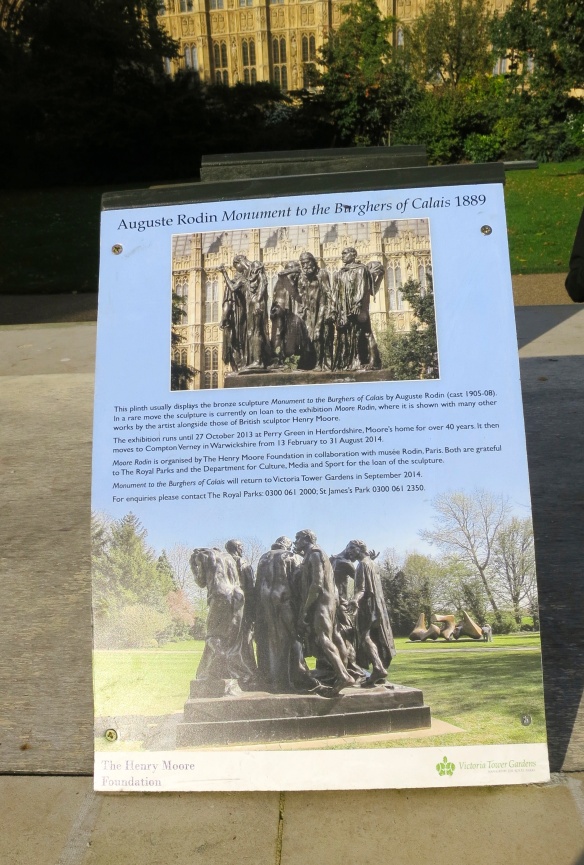 Because the work was away on loan. There is something elusive about Rodin for me. When Julia Graham, one of my Area Manager colleagues in Westminster Social Services, about the time I was taking the aforementioned photographs, had asked me to bring her a poster back from the Musee Rodin in Paris, that establishment had been closed on the occasion of my visit. I was able, on a subsequent trip, to rectify the situation, so maybe I’ll get to find my negatives.
Because the work was away on loan. There is something elusive about Rodin for me. When Julia Graham, one of my Area Manager colleagues in Westminster Social Services, about the time I was taking the aforementioned photographs, had asked me to bring her a poster back from the Musee Rodin in Paris, that establishment had been closed on the occasion of my visit. I was able, on a subsequent trip, to rectify the situation, so maybe I’ll get to find my negatives.
In order to purchase the lifting of the siege of Calais by England’s Edward III, six burghers were willing to sacrifice their lives. This is the theme of the dramatic sculptural group. They were saved by the intervention of the English Queen, Philippa of Hainault.  The crowns of England and France were pretty interchangeable in those days, as exemplified by Richard, Coeur de Lion, featured two days ago. Today, he still sits astride his horse, sword raised, about to send his motorised transport into battle from the Houses of Parliament car park.
The crowns of England and France were pretty interchangeable in those days, as exemplified by Richard, Coeur de Lion, featured two days ago. Today, he still sits astride his horse, sword raised, about to send his motorised transport into battle from the Houses of Parliament car park.
Lambeth Palace, which I would pass on the 507 bus back to Waterloo, stands on the opposite bank of the Thames, vying with the vast modern buildings alongside, the tallest of which blends with it rather well.
I walked through Dean’s Yard, where the ornamental trees were beginning to rival the splendour of the Parliamentary gilt in the background.
Jackie met me at Southampton after I made my usual journey back there, drove me home, and fed me with a superb sausage and bacon casserole followed by apple crumble, with which I finished the Kumala begun a few days ago.
